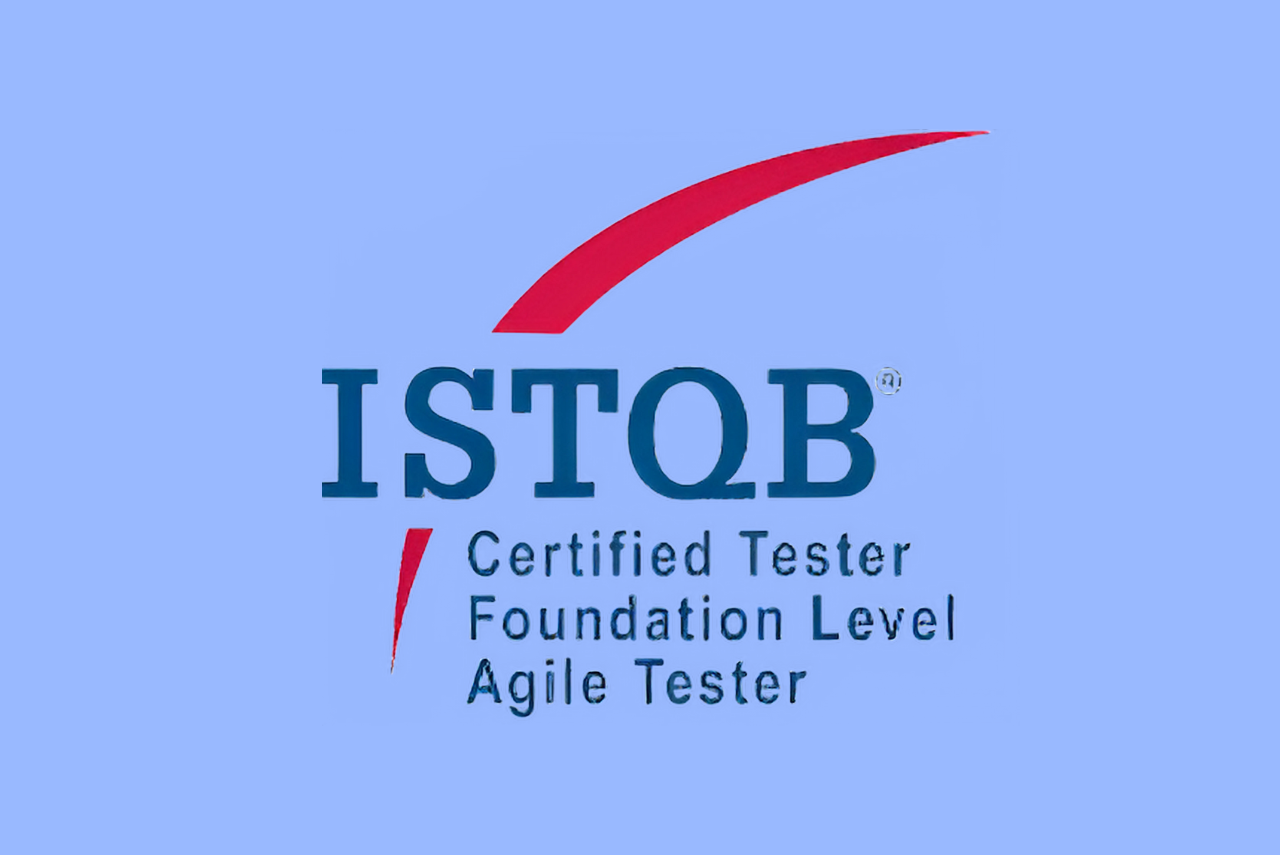
ISTQB Agile Foundations
assurance
Course Overview
Among the future skills that leaders will need in the turbulent years ahead, critical thinking – increasingly known as agile thinking – is the game-changer that will make you feel like the future has arrived already. As an approach to leadership and problem-solving, agile thinking can lead to near immediate benefits such as disrupting groupthink, managing cognitive limitations, finding certainty, and freeing your creativity. It’s not a Jedi mind trick, but it might be the next best thing.
What is agile thinking?
Agile thinking is the ability to break out of old habits in decision-making and problem-solving, and rely instead on more effective mindsets such as creativity, collaboration, and a scientific sense of analysis. Leaders skilled in agile thinking flexibly jump – or ‘toggle’ – between these mindsets, maintaining a swift and effective sense of agility in flipping between various strategies when tackling a problem.
Why is agile thinking important?
Future skills are important amid ongoing change and uncertainty. Geo-political instability, technological breakthroughs, and the climate emergency will demand an agile, flexible approach to the challenges that businesses are likely to encounter through the 2020s and into the 2030s. Challenges demand creative solutions, which aren’t always easy to come by. When problems are hard to predict or define, conflicting interpretations, competing strategies, and human vulnerabilities can feel like a dizzying journey into the Upside Down.
What You Will Learn in ISTQB Agile Foundations?
- Introduction to Agile Principles and Mindset
- Agile Manifesto: Learn the 12 principles outlined in the Agile Manifesto.
- Agile Mindset: Understand the mindset shift required for adopting agile practices.
- Values of Agile: Explore the core values that drive agile methods: collaboration, flexibility, and continuous improvement.
- Agile Methodologies
- Scrum Framework: Learn about Scrum roles, events, and artifacts.
- Kanban: Understand the visual management of work and limiting work-in-progress (WIP).
- XP (Extreme Programming): Explore practices like pair programming, test-driven development (TDD), and continuous integration.
- Agile Testing Principles
- Agile Testing Pyramid: Understand the levels of testing in an agile project.
- Test Automation: Learn the importance of automated tests in agile processes.
- Acceptance Test-Driven Development (ATDD): Ensure the product meets user requirements with acceptance criteria.
What You Will Be Able to Do After Learning ISTQB Agile Foundations?
After completing the ISTQB Agile Foundations certification, you’ll be equipped with the knowledge and skills to work in Agile teams, particularly in the context of software testing.
- Understand Agile Methodologies: Grasp core Agile principles and frameworks like Scrum, Kanban, and XP.
- Adapt Testing to Agile Environments: Implement Agile testing principles and use automated testing in CI/CD pipelines.
- Collaborate in Cross-functional Teams: Work effectively with developers, product owners, and other stakeholders.
- Plan and Estimate Agile Testing: Learn test estimation techniques and risk-based testing approaches.
- Implement Agile Testing Practices: Perform iterative testing and acceptance test-driven development (ATDD).
Course Duration
6 months
Mode of Course
- Online
- In Person


Swapnilr
great